Maximizing the onX Hunt App for Duck Hunting
A Mississippi duck hunt offers a real-world look at how this tool helps hunters on public and private land
A Mississippi duck hunt offers a real-world look at how this tool helps hunters on public and private land
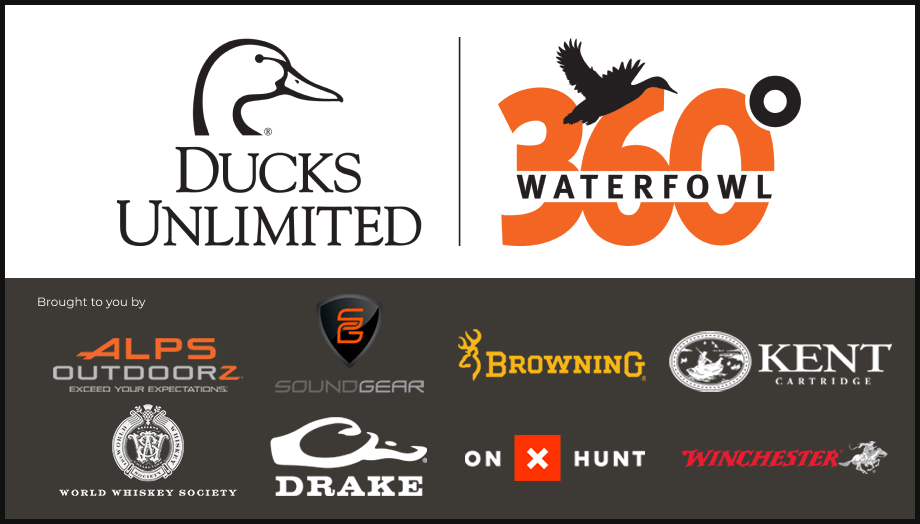
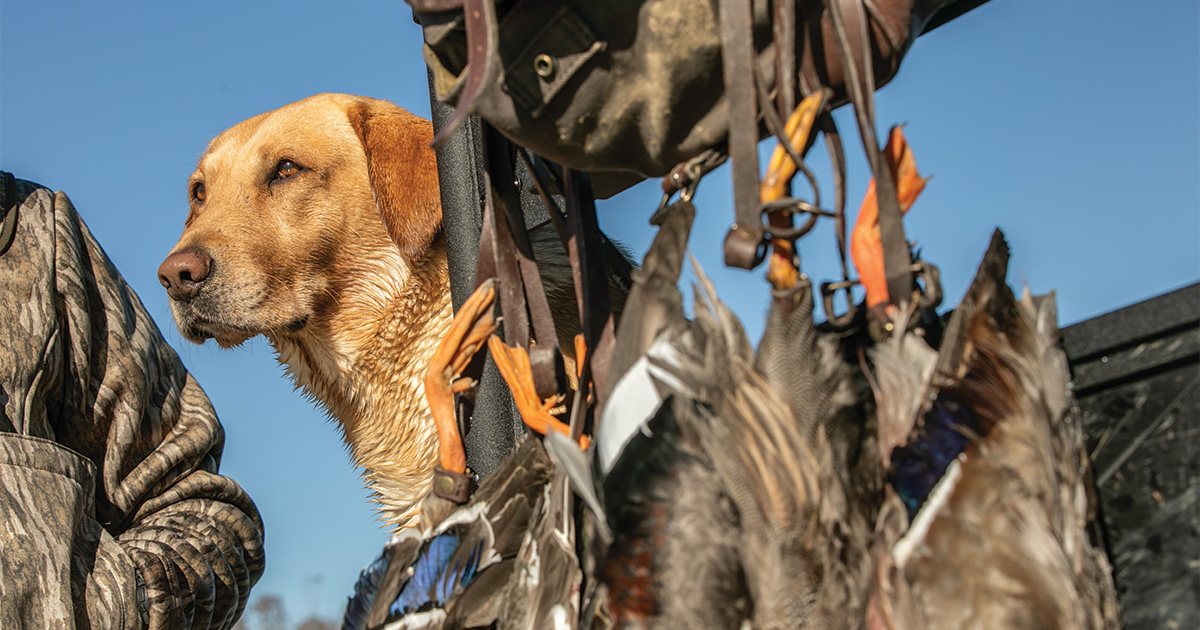
The hard-hit mallard fell deep into head-high vegetation and mud-brown water.
"Nox!" came the command from the other end of the blind, and the yellow Lab hit the knee-deep water, barreling toward the downed greenhead.
That’s why you hunt with a dog, I thought, as Nox wagged his tail high on the way back to our pit blind. We were set up in the middle of a reclaimed catfish pond, now a managed waterfowl impoundment that is a part of the Janous Farms Hunting Club.
Just outside Belzoni, Mississippi—deep in the heart of the Delta—this farm has been in the Janous family since the 1960s. It saw the rise and fall of the catfish boom. For years, the ponds produced meaty fish, until global markets shifted and a generation of Delta producers got swallowed by overseas imports. But this place didn’t die—it adapted. Converted through conservation programs such as the Wetland Reserve Program (WRP) and reclaimed through sweat equity and a duck hunter’s vision, the property now spans 1,500 acres of stewarded habitat.
Today, the club is small and intentional, like many others across the South. Only five members rotate across a handful of pit blinds, taking turns hunting only in the morning hours, carefully managing pressure.
“If you’re not thinking about the ducks first—how to feed them, give them rest—then you’re not really managing a place,” one of the Janous brothers told me, the wind buffeting his voice. “If it’s just about pulling the trigger, you’re missing the whole point.”
There’s an old-school feel to the Janous family’s club: mud on the door handles, coffee in the thermos, and snapshots covering the fridge. But look a little closer and you’ll see something much newer tucked inside the brothers’ blind bag: a smartphone equipped with the onX Hunt app.
At first glance, onX seems made for backcountry elk hunters and public-land freelancers. But here in the Mississippi Delta, it’s a year-round tool for many duck clubs. From planting millet to logging blind access, the Janous brothers rely on the app to run their club like a well-oiled machine.
“A lot of people don’t realize how powerful it is for private landowners,” says Lake Pickle, onX waterfowl marketing manager. Pickle is also one of the five members of the Janous Farms club.
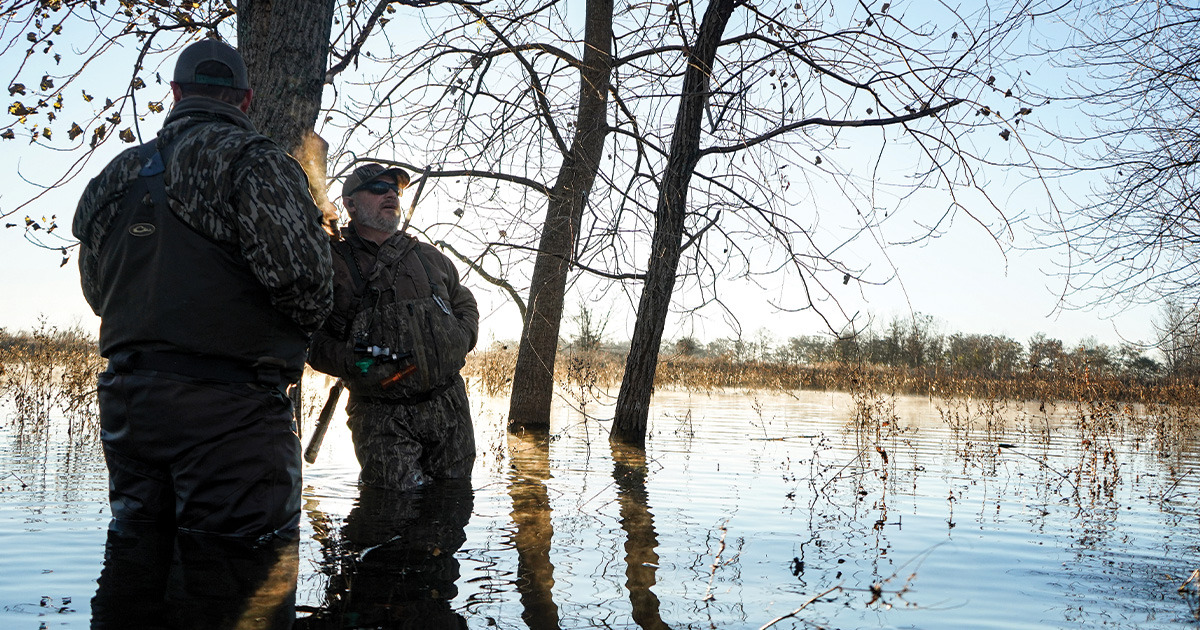
He smiles wide as he scrolls through the app, showing clearly marked blinds, water-control structures, and field notes from his own club days. "It’s not just for finding a place to hunt; it’s for taking care of one."
Pickle was born and raised in Mississippi and named his yellow Lab after the Sam D. Hamilton Noxubee National Wildlife Refuge—a nod to the old bones of southern conservation. He still hunts public land when he can, chasing ducks and turkey across state lines, but he’s just as dialed into what onX has to offer private-land hunters.
What started as a tool for backcountry navigation has quickly become indispensable for those managing private duck clubs. Whether monitoring habitat, logging seasonal improvements, or simply picking the right blind on a windy morning, onX gives landowners the ability to manage with precision.
Waypoints with Purpose
Mark blind locations, water-control structures, levee gates, pump sites, and roost areas in onX. Share them with your club members to ensure that you know where everyone is headed. Use notes and color-coded icons to track planting schedules, food plot success, and habitat improvements.
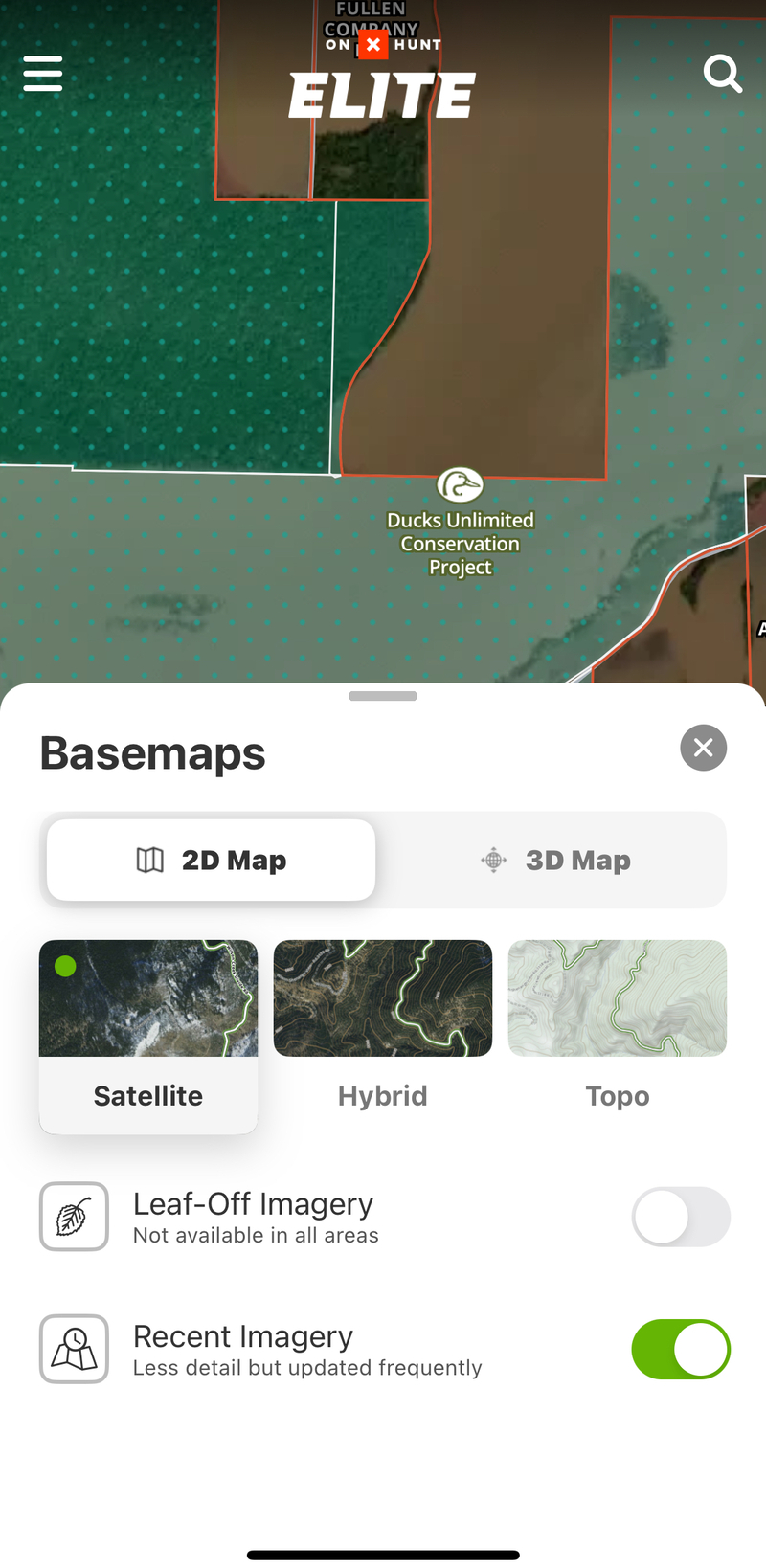
Real-time Imagery
This is the crown jewel of onX’s newest tools. With biweekly satellite updates, landowners can monitor aerial crop data, track habitat conditions, and check water on the landscape, including their rice fields, with astonishing accuracy.
Wind and Weather
When you have several blinds and shifting winds, choosing the right hunting spot can make all the difference. The app’s Wind & Weather feature shows the wind direction and weather forecast data for any waypoint, so you’ll never find yourself walking into the wrong end of a decoy spread again.
Tracker Tool
When things get wet, roads sometimes vanish. Trails shift. The landscape changes. With the onX Tracker feature, you can record your exact route to a blind—and save it. That way, even in the dark, even after a rain, you’ll be able to find your way around.
Insert tracker tool screenshot. Credit: onX
Offline Maps
Use onX to download maps to your device before heading into areas where cell service is spotty or nonexistent. The blue dot on the map shows your location using your phone’s built-in GPS, so you’re never navigating blind.
Of course, not every duck hunter has a lease or club. Many go where the roads end and permission isn’t needed. Below are just some of the ways public-land duck hunters can benefit from the onX Hunt app:
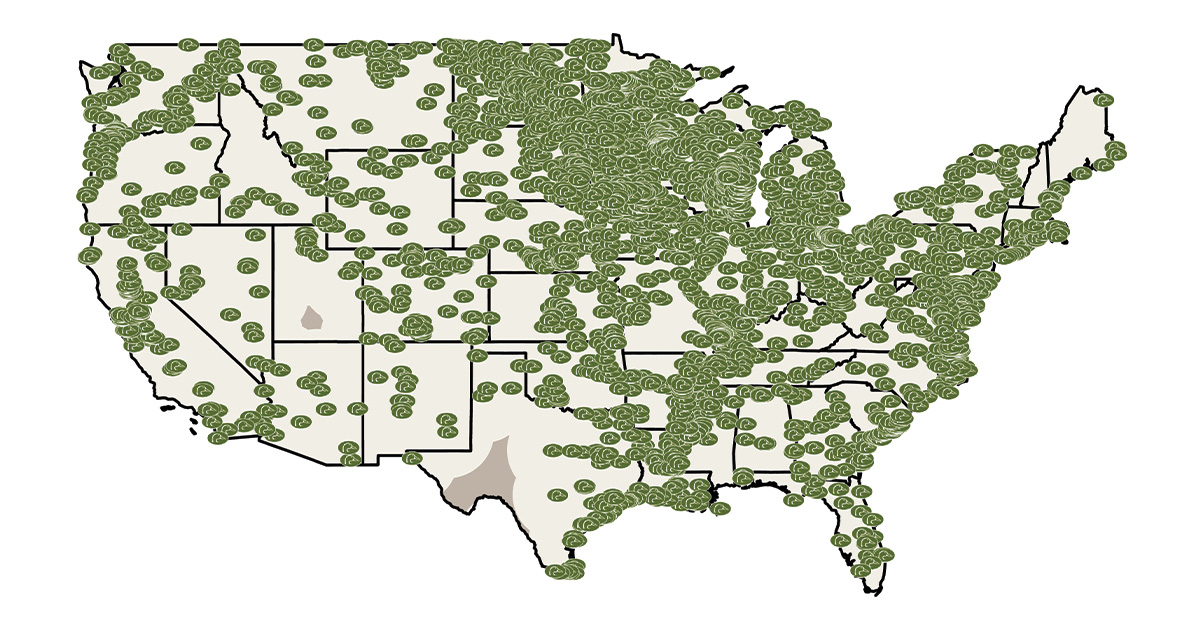
DU Project Layer
The onX app now includes a map layer highlighting Ducks Unlimited public-land conservation projects across the United States. The new feature identifies about 3,700 public DU project sites, many of which are open to hunting.
Land Ownership and E-Posting
In states like North Dakota, where electronic posting is available, onX shows e-posted boundaries, so you know which doors are worth knocking on and which ones aren’t.
E-Scouting with Aerial Maps
Hybrid and satellite imagery layers let you identify water with the onX wetlands layer, crop data sources, and other critical data from the comfort of your couch. Combine that with real-time imagery updates, and you can maximize your chances for success.
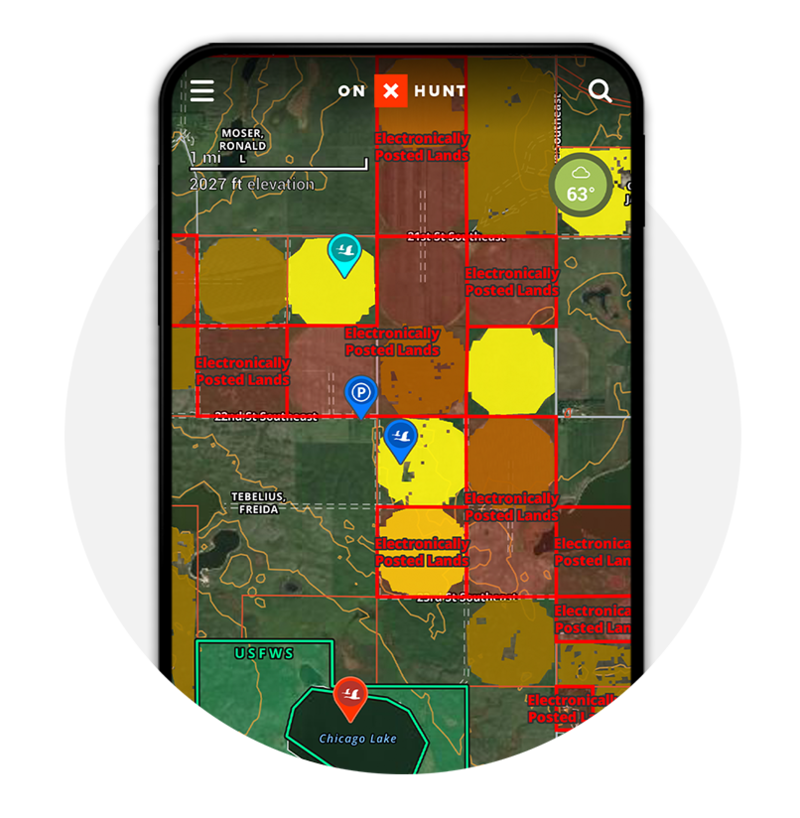
Crop and Tree Species Data
With habitat layers and field intel built into the onX app, hunters can view recent crop history and waterfowl-favored tree species, like red oaks, on public land.
Waypoints and Shared Scouting
Log all the details of your scouting trips and share them with your hunting crew to help everyone stay organized. Nothing beats in-person scouting, but nothing makes it more efficient than everyone being on the same (digital) page.
Ducks Unlimited uses cookies to enhance your browsing experience, optimize site functionality, analyze traffic, and deliver personalized advertising through third parties. By continuing to use this site, you agree to our use of cookies. View Privacy Policy